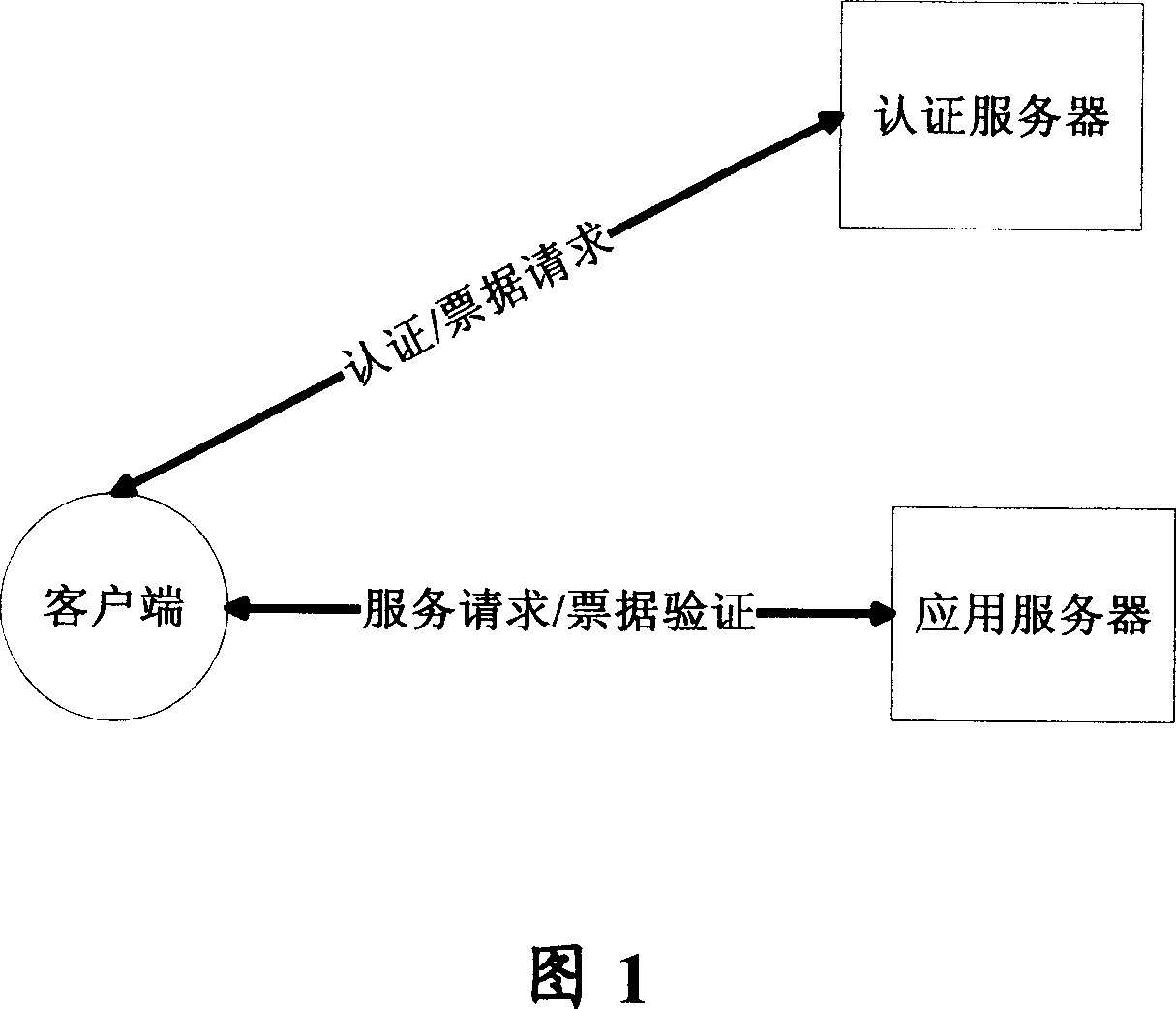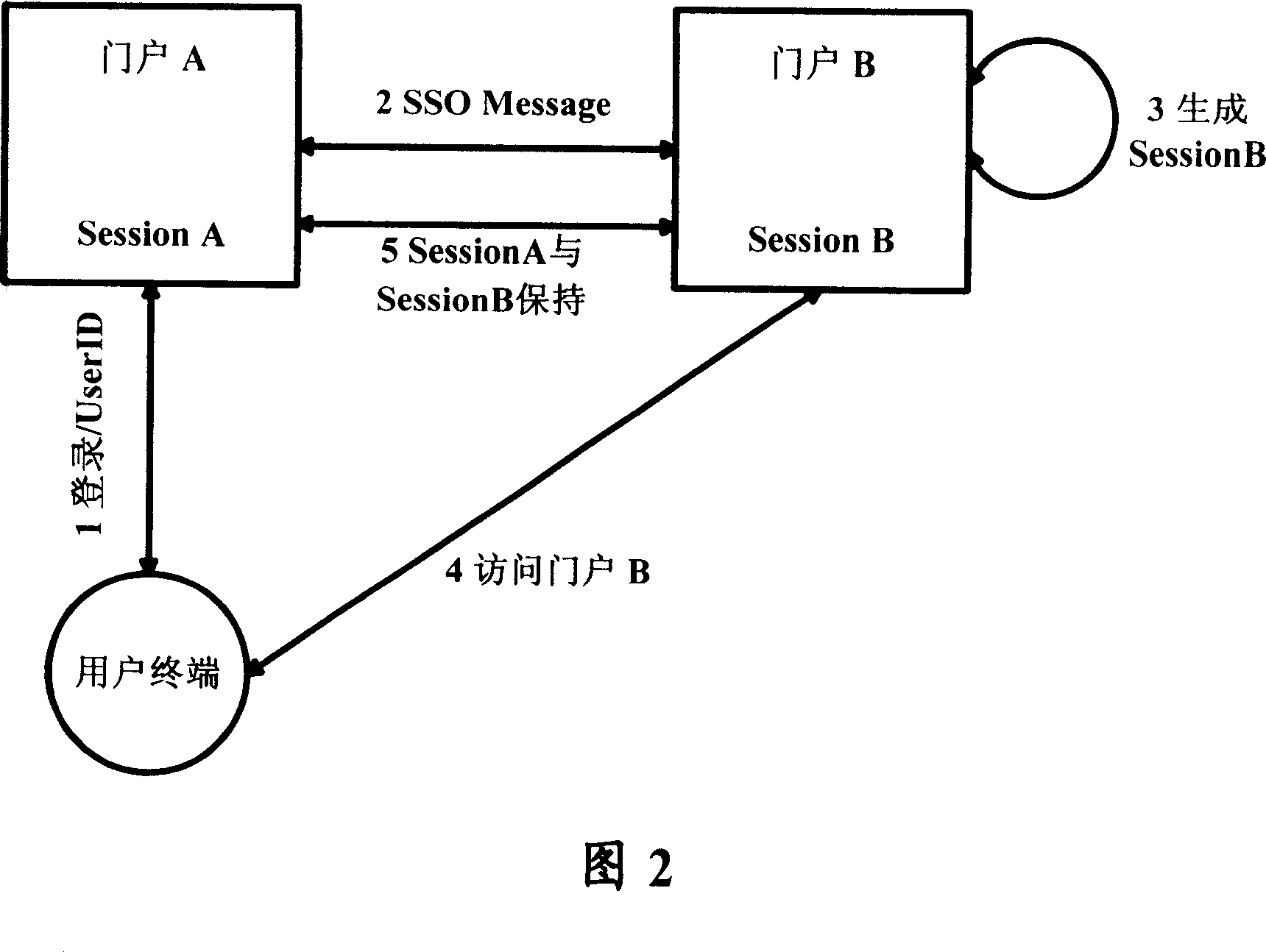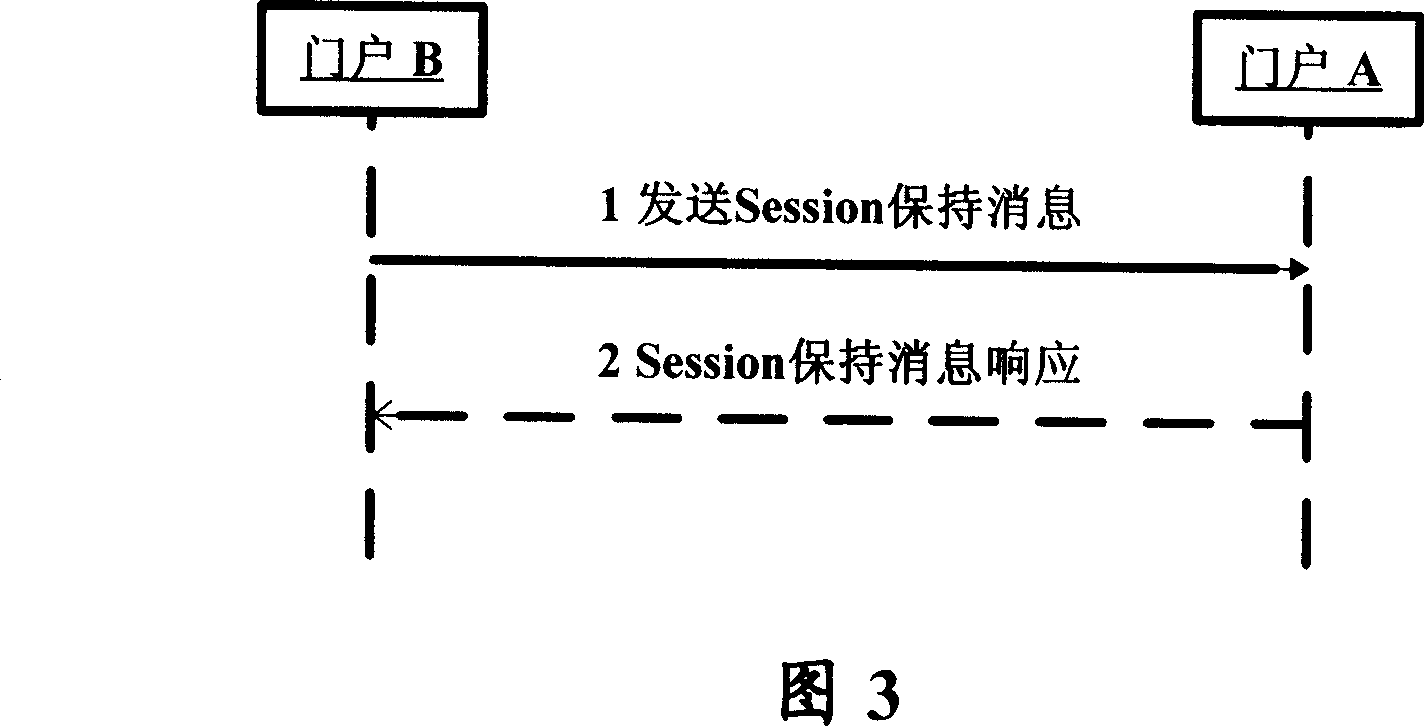Method and system for realizing monopoint login between gate and system
A single sign-on and portal technology, applied in the direction of user identity/authority verification, radio/inductive link selection arrangement, selection device, etc., can solve problems such as range limitation, achieve high security, simple implementation, and ensure safety.
- Summary
- Abstract
- Description
- Claims
- Application Information
AI Technical Summary
Problems solved by technology
Method used
Image
Examples
example 1
[0082] Example 1: User first logs into Portal A and then accesses other systems
[0083] In this exemplary embodiment, the user first accesses portal A, generates session information at portal A, and then the user accesses portal B, and portal A transmits an SSO message to enable portal B to obtain user identity information, thereby realizing single sign-on. The process is specifically described below with reference to FIG. 4 .
[0084] 1) The user first accesses the portal A system. In the case of Internet applications, the user can manually enter the UserID and password to log in. In addition, in the case of mobile Internet applications, Portal A retrieves the user MSISDN as UserID from the header of the HTTP access request, and then automatically logs in in the background.
[0085] 2) Portal A invokes background data to authenticate the user's identity. If the authentication is successful, a user session SessionA is generated in the portal A system.
[0086] 3) If the u...
example 2
[0099] Example 2: The user has not logged in to Portal A, but directly accesses other systems
[0100] The user first visits Portal B, and if the user has not logged in before, Portal B notifies Portal A to allow the user to log in. In the Internet environment, Portal A pops up a login page on the user terminal to allow the user to log in. In addition, in the mobile Internet environment, portal A can automatically obtain UserID (user MSISDN) and perform user login in the background. Then, Portal A enables Portal B to obtain user identity information by passing an SSO message, so as to realize single sign-on.
[0101] The process is specifically described below with reference to FIG. 5 .
[0102] 1) The user directly accesses the portal B system through the user terminal.
[0103] 2) Portal B judges whether the user has logged in. If Portal B already contains user identity information, it indicates that the user has been authenticated and can continue to visit.
[0104] 3)...
PUM
 Login to View More
Login to View More Abstract
Description
Claims
Application Information
 Login to View More
Login to View More - R&D
- Intellectual Property
- Life Sciences
- Materials
- Tech Scout
- Unparalleled Data Quality
- Higher Quality Content
- 60% Fewer Hallucinations
Browse by: Latest US Patents, China's latest patents, Technical Efficacy Thesaurus, Application Domain, Technology Topic, Popular Technical Reports.
© 2025 PatSnap. All rights reserved.Legal|Privacy policy|Modern Slavery Act Transparency Statement|Sitemap|About US| Contact US: help@patsnap.com



